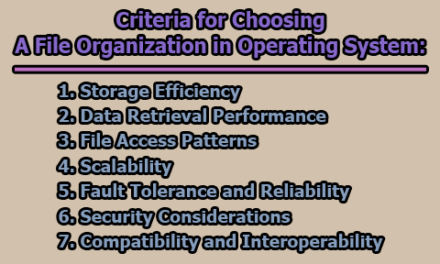Microprocessor is a Programmable Device:
A microprocessor is a multipurpose, programmable, clock-driven, register-based electronic device that reads binary instructions from a storage device called memory, aspects data as input and process data according to those instructions, and provides results as output. A microprocessor is a programmable device that means that it can be instructed to perform various tasks within its capacity. The microprocessor is designed to understand and execute various instructions. It is a multipurpose machine. It can be used to perform various sophisticated computing functions as well as simple tasks such as turning devices on or off. The programmer can select the appropriate instructions and as the microprocessor to perform various functions on a given set of data.
A typical programmable device can be represented with four components i.e. microprocessor, memory, input, and output as shown in the following figure.
These four components work together or interact with each other to perform a given task. Thus they comprise a system.
The physical components of this system are called hardware. A set of instructions written for the microprocessor to perform a task is called a program and a group of programs is called software. The machine (system) can be programmed to turn traffic lights on and off, compute mathematical functions, or keep track of a guidance system.
How does a microprocessor work?
The microprocessor is a programmable integrated device that has both the computing as well as the decision making capability similar to the central processing unit of the computer system.
When the microprocessor is given a command to execute the program, it reads and executes one instruction at a time and sends the results to the seven-segment LEDs for display. The instructions are sequentially stored in the memory. The microprocessor fetches the instructions from the memory sheets, decode, and execute these instructions. The sequence of fetch decode and execute is continued until the microprocessor comes across an instruction to stop. During the entire process, the microprocessor uses the registers from the register section to hold temporarily the data. ALU (Arithmetic Logic Unit) for performing the computing functions and sends out the results using the same bus that is used to fetch the instructions from memory to the seven-segment LEDs for display.

Assistant Teacher at Zinzira Pir Mohammad Pilot School and College










